More people ask about cats than art at The State Hermitage Museum in St Petersburg
Mikhail Piotrovsky, director of The State Hermitage Museum in Russia, laments the fact that foreign dignitaries ask him more about the Hermitage’s cats than they do about its Rembrandts.
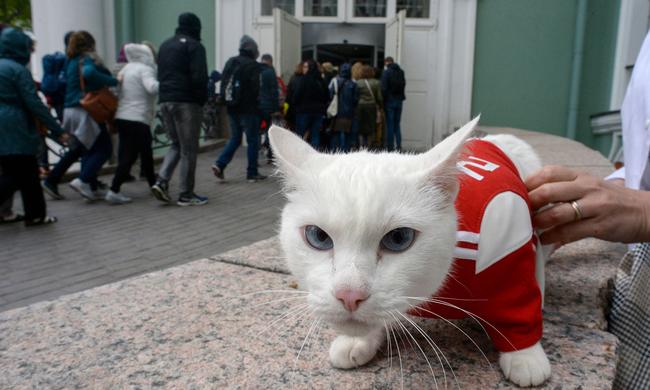
Arts
Don't miss out on the headlines from Arts. Followed categories will be added to My News.
MIKHAIL Piotrovsky, director of The State Hermitage Museum in Russia, laments the fact that foreign dignitaries ask him more about the Hermitage’s cats than they do about its Rembrandts.
It’s a joke. But like many jokes, it has a kernel of truth.
The Hermitage has whole rooms of magnificent paintings by Rembrandt, as well as three million other objects, in a collection started by Catherine the Great in 1764.
The Hermitage also has 70 half-wild cats that live year-round in its labyrinth of basement tunnels.
Like much of the art, the cats have been an integral part of Hermitage legend since before the building was first opened to the public in 1852.
They were first transported to the Winter Palace palace complex of which the Hermitage is now part in 1745 by royal decree. The idea was to keep the rats down, but modern pest management has taken care of that.
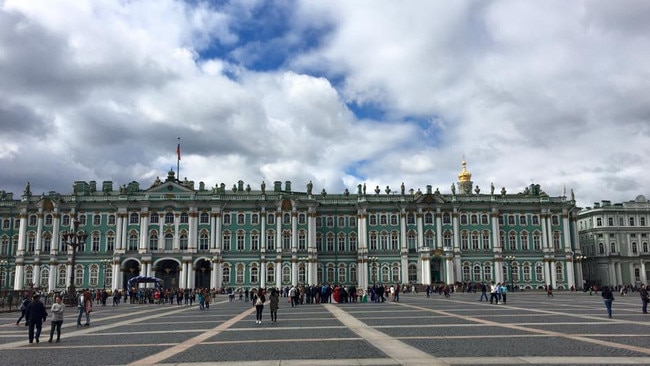
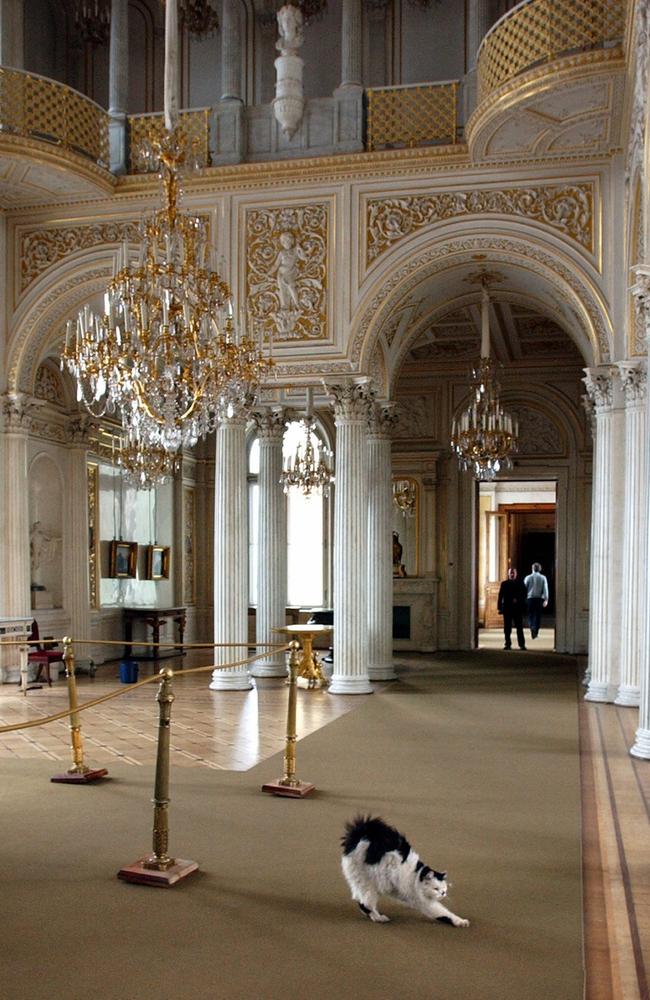
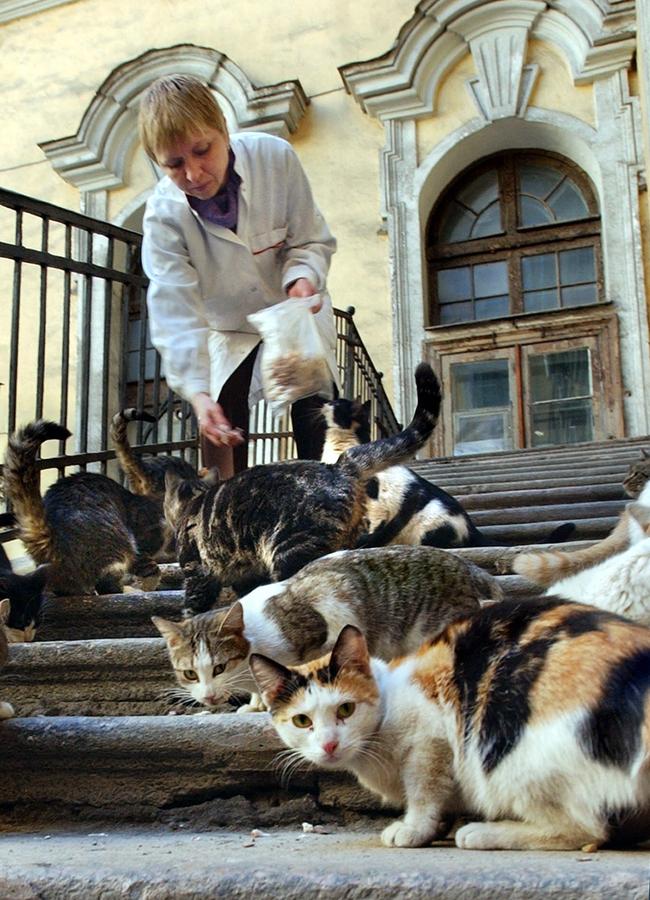
So visitors to St Petersburg today can glimpse the Hermitage cats strolling about the museum’s courtyards or sunning themselves on the Neva embankment at the rear of the palace.
The Winter Palace is the green and white baroque confection that was the home of the Russian tsars. The palace is now the historic centrepiece of the 10 buildings that make up the expanse of the Hermitage’s galleries.
A visit to the Hermitage basement to see the cats is a rare privilege. The Hermitage holds only occasional events where the public has the chance to go downstairs to see the spaghetti-like utility pipes that seem to stretch for kilometres. Draped on the pipes are dozens of warm, well-fed felines. In fact, the basement seems to have a cat in every nook and cranny.
There’s even a tiny hospital area for sick cats. But there’s nothing fancy.
The volunteers who feed the cats and keep the basement clean were thrilled when they recently took delivery of a washing machine. Before that, they handwashed the cat bedding in cold water. With names like Sascha and Muff, the Hermitage cats come in all colours and sizes. Some are stiff with age. Others are still kittens. One was recently fished out of the river by two men, and still looks a little indignant at having to be rescued.
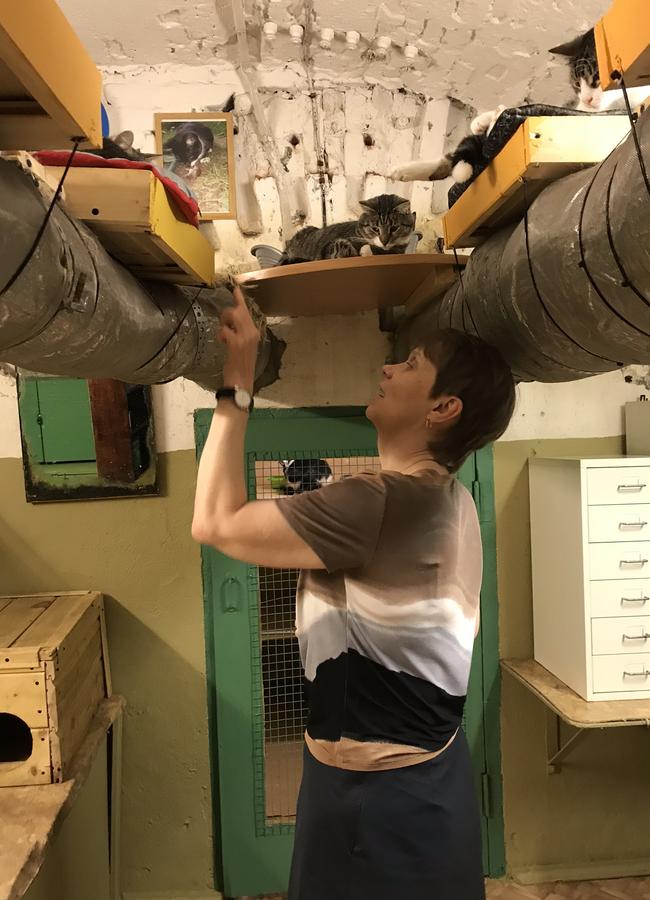
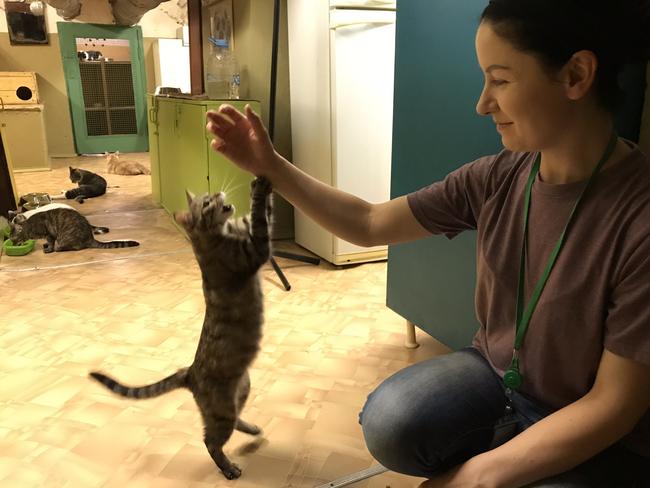
Overseeing the cat program is a woman who has worked at the Hermitage for 37 years — Maria Haltunen. Haltunen is secretary to Professor Piotrovsky and gives the air of knowing every brick of the Hermitage by number.
Brisk and businesslike upstairs in her wood-panelled office, Haltunen is apt to melt when she descends to the cats in the basement.
“She’s so beautiful, but she’s extremely wild,” Haltunen says, quickly withdrawing her hand from a cage with a cross new arrival sitting in it.
Another one isn’t well.
“He feels every morning sick,” Haltunen says.
One cat doesn’t want any other home but the Hermitage.
“We try three times to find her a home, but she always returns.”
Just weeks ago, the Hermitage lost its most famous cat, Achilles. After becoming a rock star of the cat world during the recent football World Cup, the deaf white stunner was adopted by his adoring vet.
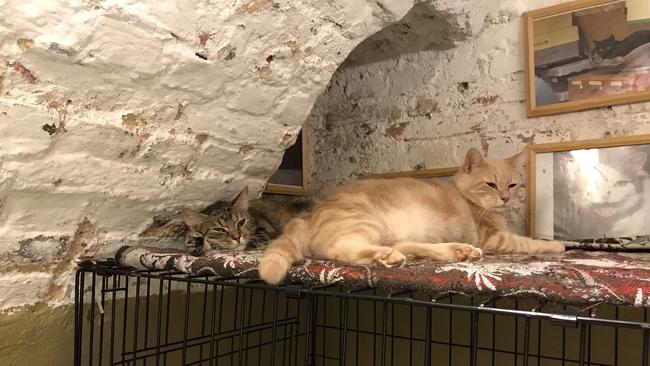
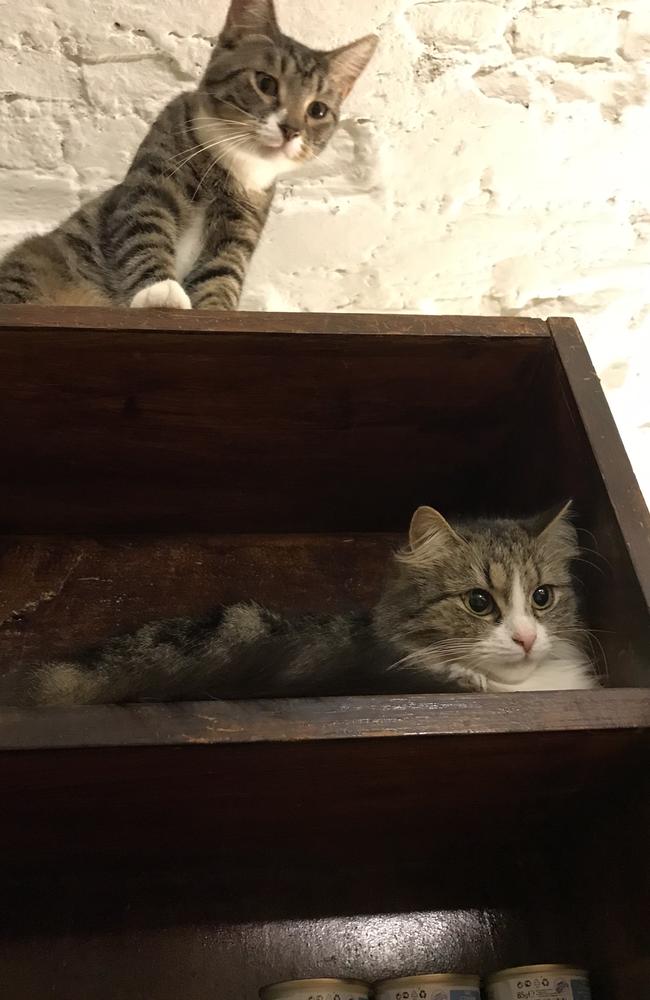
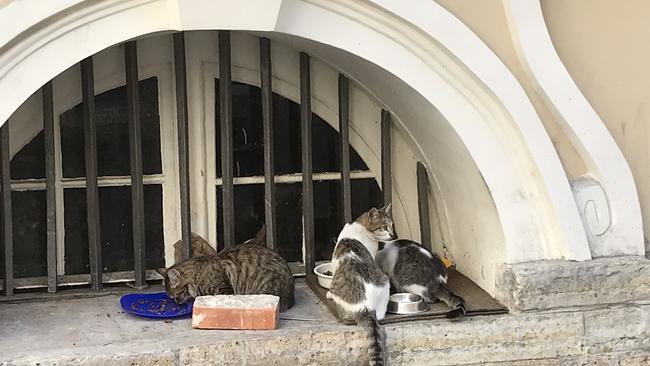
His adventures are updated almost daily on his Instagram page, achillcat.
Achilles’ job during the Cup was to predict the next game’s winner. He did so by choosing to eat out of one country’s bowl, and not the other’s.
“He is so popular. Except that days when he did wrong choice in football. Everybody was against him,” Haltunen says.
Sick children never tire of Achilles, however, and he has brought comfort to many of them.
“He’s very good because he’s quiet and children like him,” Haltunen says.
Achilles is also a social animal, photographed at many a glittering Hermitage event where he sports smart costumes and is fawned over by St Petersburg society.
Several books have been written about the Hermitage cats, and cats feature on the brochure for the children’s trail through the new Art Gallery of NSW exhibition. Titled Masters Of Modern Art From The Hermitage, it runs until March 3, 2019, and showcases 65 paintings by the likes of Picasso, Monet and Gauguin from the Hermitage collections.
According to Maria Haltunen and Nikolai Gol in their 2007 book, The Hermitage Cats: Treasures From The State Hermitage Museum, cats did not arrive in Russia until the 13th century. For two centuries they remained “an exotic, outlandish wonder”.
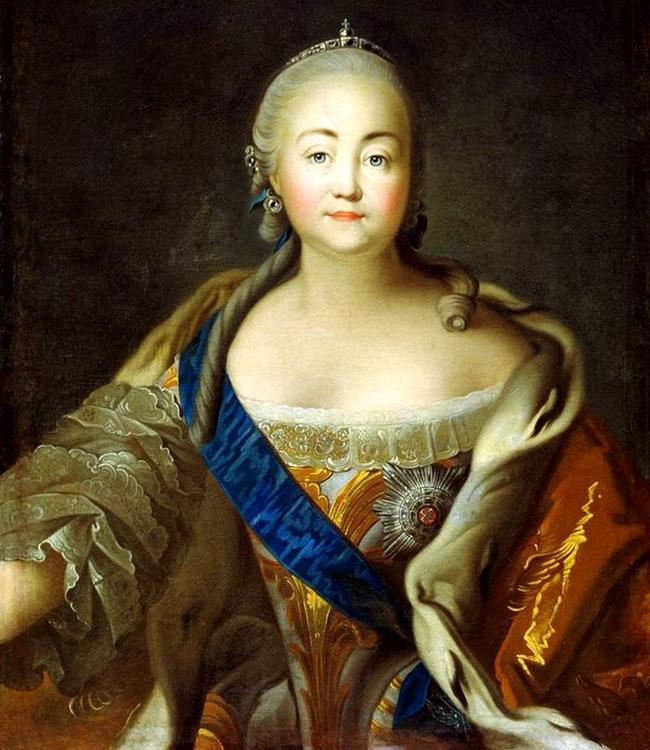
But cats became a much-loved feature of Russian domestic life, and many superstitions connected with cats are still in use.
Cats were brought to St Petersburg by decree of Empress Elizabeth in 1745.
The decree read: “Seek out in Kazan 30 of the largest and finest cats and send them to St Petersburg.”
Barring times of strife such as the 1941-1944 Siege of Leningrad (St Petersburg’s name during Soviet times), when residents were forced to eat whatever they could find and 1.2 million of them died, many of starvation, the cats have remained a fixture of this beautiful Russian city.
Today, it could be argued, those felines have it better than any Hermitage cats before them.
The writer travelled to St Petersburg courtesy of Art Exhibitions Australia.

